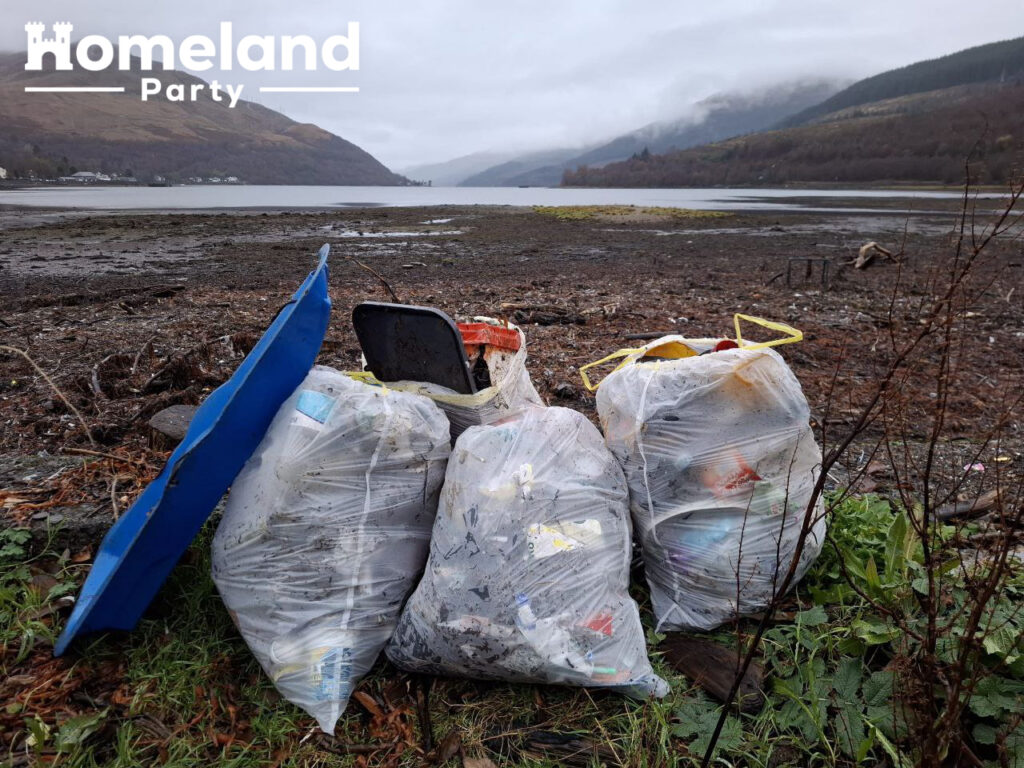Completing the dualling of the A9 between Perth and Inverness has been delayed by over ten years until 2035.
Scottish Transport Secretary Mairi McAllan said a new rolling programme of improvements was “achievable” and there would be “no let up” in the work. However, opposition MSPs said communities had been waiting since SNP manifesto commitments in 2007 and 2011 to see the road upgraded by a target date of 2025.
Ms McAllan said: “Under this new plan, by the end of 2030, we anticipate that nearly 50% of the A9 will be open as dual-carriageway, rising to 85% by the end of 2033 and eventually 100% by the end of 2035.”
Murdo Fraser slammed the hold-ups, saying, ‘Throughout that period, too many lives have needlessly been lost, and more will die as a result of the delays we have heard about today”.
“At best, we will be waiting another 12 years for this project to be completed, and that is the most optimistic outcome we can hope for.”
Also sticking the knife into the government projections was the SNP Fergus Ewing, who said he would remain sceptical until he saw diggers on the road, adding, “There must be no more slippage, no more delays and no more broken promises.”
The A9 is Scotland’s longest trunk road. It runs about 230 miles (370km) from Scrabster, near Thurso on the north Highland coast, to near Dunblane in central Scotland. The A9 then continues to near Falkirk. The Inverness to Perth stretch is one of the busiest on the A9 and has been the scene of numerous fatal accidents in recent years.
For anyone who has never driven that route, from personal experience, it is a long, tedious road. You may see the splendour of the Scottish Highlands on this drive, but most of the route is tree-lined, blocking your view. If a single carriageway needed to be duelled, then this is it.
Fifteen years, the Scottish Government have been doing/not doing this, and we have a few miles of duel carriageways, which are essentially glorified passing lanes to get past slower vehicles. By the end of 2030, Ms McAllan anticipates the road will be 50% complete.
McAllen, who was still in high school when this plan was implemented (and will probably be middle-aged by the time it’s complete), suggested that the road can be 85% done by 2033 and then completed two years after that.
It has taken a decade to upgrade eleven miles of the route, yet the rest will be done in a little over ten years. These infrastructure projects should be a top priority for a government instead of constant Maudling and virtue signalling over sustainability and diversity.
We note an enquiry has been set up to investigate the delays with first ministers past and present being called to give evidence. Everyone involved in not moving this forward should put down the rainbow flag they love to wave, pick up a shovel, and start digging!
One good piece of news is that they are even building this road, which tells us one thing. We often hear about how the Government, amongst others, will chase cars off the roads and onto public transport. However, the reality is that the car is still king once they can sort out public transport outside major metropolitan areas.
Secretly, they all know this sure motoring may become more expensive, but whilst it costs between £5 to £8 to drive from Edinburgh to Erskine and back and about £25 to £30 to get the trains, they know the car is here to stay, and any policy that rallies against this is a vote loser.
The Homeland Party would invest heavily in duelling single carriageways and park & ride schemes. After all, the most economical and environmentally friendly car is a car parked, and we will ensure it’s easier and faster for commuters to reach their destinations.


